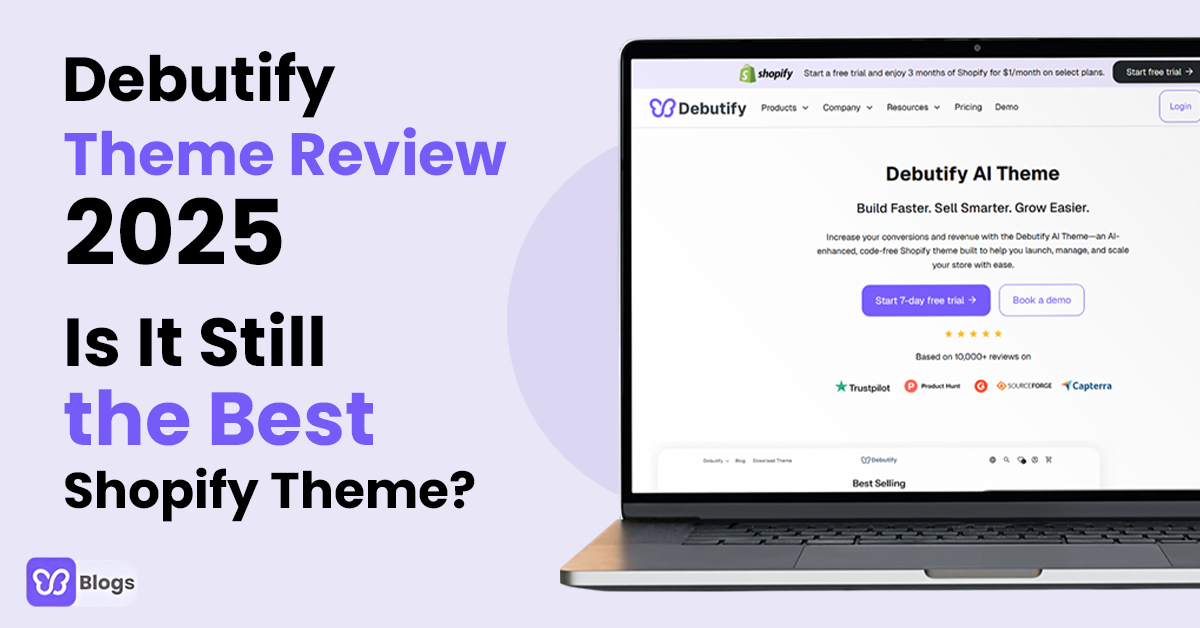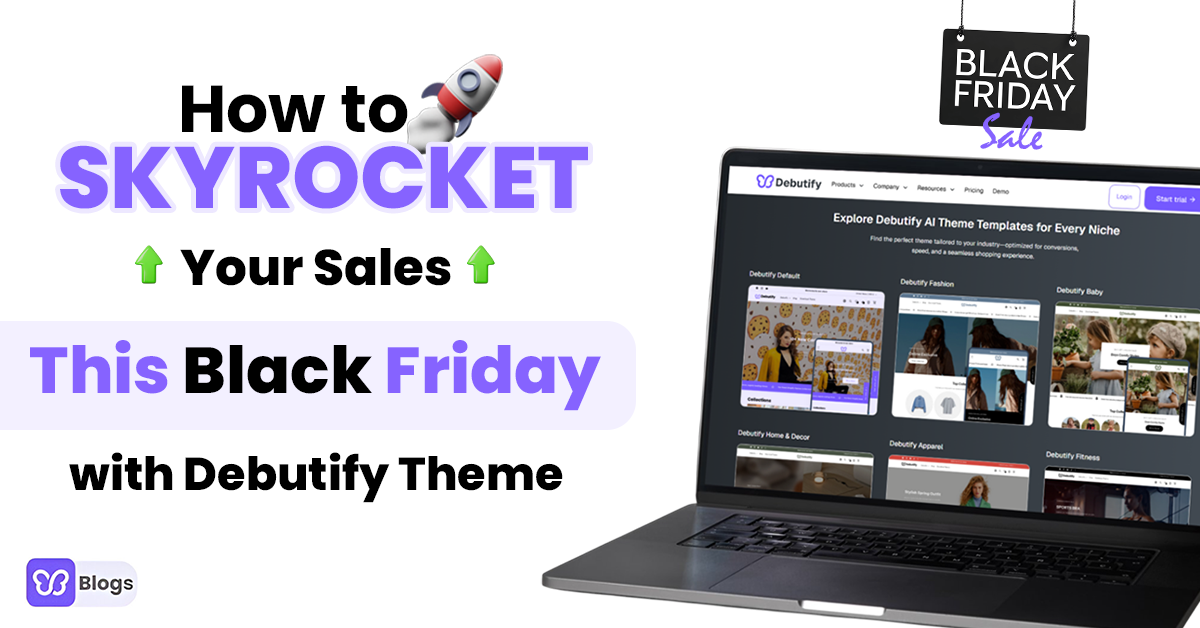The Creator Economy is a model where creators or influencers use digital platforms to create content, engage with audiences, and monetize their creations. This model involves content creation across various platforms like YouTube, Instagram, TikTok, Twitch, podcasts, and blogs. Creators engage with their audiences by publishing content that resonates with them and encourages interaction.
Content is monetized through various channels, including ad revenue, sponsorships, merchandise sales, digital subscriptions, donations and tips, and crowdfunding campaigns. Creators must understand platform dynamics and tailor their content and monetization strategies to maximize their reach and revenue potential.
Community building is a priority for creators, fostering relationships with their audience and creating a sense of belonging. They engage with followers, listen to their feedback, and create opportunities for interaction and collaboration. Collaborations can be joint projects, cross-promotions, sponsored content, or co-branded initiatives.
The Creator Economy constantly evolves, driven by technological advancements, changing consumer behaviors, and platform dynamics. To remain relevant and competitive, creators must stay informed about industry trends, experiment with new content formats, and innovate in their content creation and monetization strategies.
The Creator Economy operates on a decentralized model, allowing creators to build sustainable careers and communities around their passions and talents in the digital age.
Monetization Strategies for Content Creators
1. Advertising revenue: Advertising revenue is a key component of the Creator Economy, enabling creators to monetize their content by displaying ads to their audience.
2. Sponsorships and brand partnerships: Sponsorships and brand partnerships are essential components of monetization for creators in the Creator Economy. Overall, sponsorships are integral to the successful Creator Economy, enabling creators to generate revenue and engage audiences, thereby fostering a sustainable ecosystem.
3. Merchandise and product sales: Merchandise and product sales are another important revenue stream for creators in the Creator Economy. Beyond digital content, entrepreneurs may engage with their audience and monetize their brand in a physical way through the sales of merchandise and products. In the Creator Economy, creators can build stronger relationships with their audience, boost brand awareness, and create extra revenue streams by providing branded products that appeal to their fans.
4. Subscription models: In the Creator Economy, subscription models are a common way for creators to make money since they provide a steady source of income in return for access to premium material, benefits, or experiences.
Platforms and Tools Enabling the Creator Economy
1. Social media platforms: Social media platforms are vital ecosystems and tools for creators in the Creator Economy, giving them the ability to produce and distribute content, monetize, and interact with their audience worldwide. In the digital age, creators may commercialize their work, create vibrant communities, and follow their hobbies by utilizing social media.
Creators utilize social media platforms to create and publish content, engage with a global audience, and generate revenue through various features. They use analytics to optimize content strategy, foster community, and increase discoverability. Platform diversity and cross-promotion help diversify audience reach and engagement, ensuring creators' content remains relevant to highly engaged audiences and relevant in the digital landscape.
2. Content creation tools: It empowers creators to express their creativity, produce compelling content, and engage with their audience effectively across digital platforms. By leveraging the right tools and technologies, creators can streamline their workflows, enhance their content quality, and build a successful career in the Creator Economy.
To improve their material, creators use various technologies, including social media management tools, analytics platforms, screen recording and streaming software, content management systems (CMS), and photo, video, and audio editing software. With the help of these tools, content producers may manage their work across several platforms and produce aesthetically appealing visuals, music tracks, podcasts, audio recordings, and voiceovers. These technologies aid individual creators in improving monetization efforts and streamlining content workflows.
3. Payment and monetization platforms: Payment and monetization platforms provide creators with the tools and support needed to commercialize their work, interact with their audience, and establish long-term revenue streams in the Creator Economy. By skillfully utilizing these platforms, creators may monetize their talent, knowledge, and passion while developing deeper connections with their audience.
Creators can monetize their digital products through various platforms like Patreon, Substack, OnlyFans, Twitch, Kajabi, Teachable, Shopify, and Gumroad. These platforms allow creators to offer exclusive content, manage subscriptions, and handle payment processing. Payment processing tools like PayPal and Stripe are used to accept payments from their audience for merchandise sales, donations, and digital product purchases. These platforms provide a secure and efficient way for creators to generate revenue.







